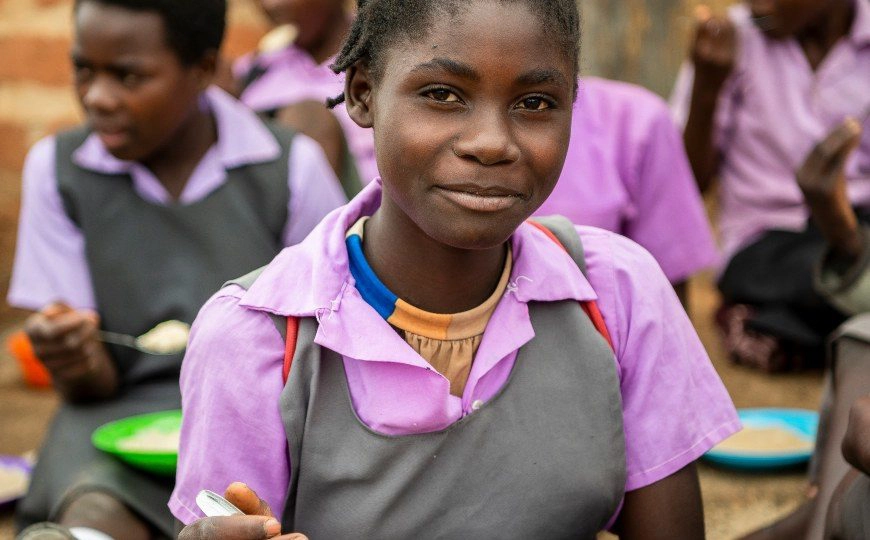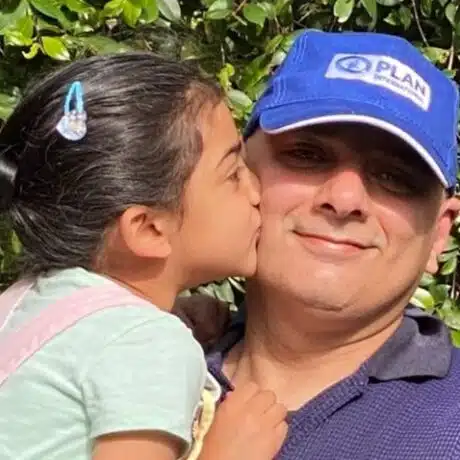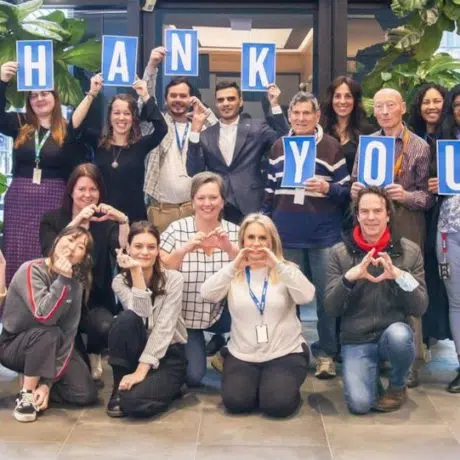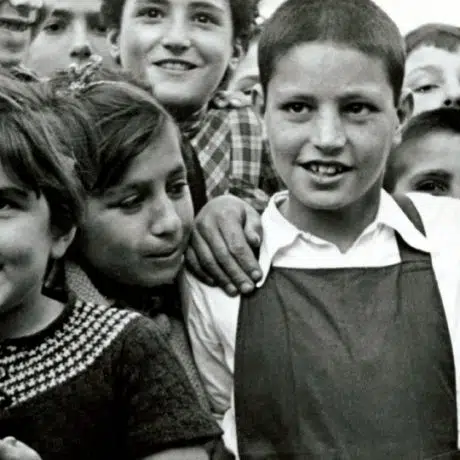News and Stories - Sponsorship - 5 September 2017
The five biggest myths about modern child sponsorship

Child sponsorship is still one of Australia’s favourite ways to give to charity. In fact, in 2016, Aussies donated $200 million to the top five sponsorship agencies.
Yet we’ve never really paused to ask people who sponsor why they love it so much and conversely, why some people prefer not to sponsor.
So we asked 1000 Australian adults their opinions about child sponsorship via an IPSOS online poll.
The resulting report, It Takes a Village: Australians’ Views on Child Sponsorship, has been released today. The good news is, we’re on the right track. Sponsors believe in the value of child sponsorship and they do find it incredibly rewarding to be plugged into a global village – people who share the same values they have: equality, kindness, and a desire to make the world a better place.
When we asked non-sponsors why they don’t, common themes emerged. People were dubious about sponsorship, based on what are essentially old-fashioned stereotypes.
Modern sponsorship is a very effective model of supporting entire communities in the developing world. Most sponsors understand that when they sign up, their regular donation supports an entire village, not just one child. And they can be confident that their money is being amplified to get the very best benefit for the communities where their sponsor child lives.
So let’s take a look at some of the common negative attitudes around sponsorship and correct the record.
-
Sponsorship is too expensive.
It costs $59 every 4 weeks to sponsor a child through Plan in Australia, which is around the standard price for a child sponsorship organisation. This works out at around $2 per day which is far less than the price of a cup of coffee. This modest contribution per day is able to create life changing outcomes for children in poverty.
Sponsorship funds are used for a variety of benefits, including ensuring children have enough food to eat, clean water to drink and bathe in and proper sanitation, such as access to toilets and soap. The funds also go towards healthcare and education, so that children have the opportunity to go to school.
This represents good value when you consider Plan International Australia uses sponsorship money wisely by grant-matching. This means that we amplify every dollar to maximise the return to communities.
-
The money does not reach the community.
At Plan International Australia from each dollar raised on average 76 per cent is spent on programs that benefit children. Our aim every year is always to create the maximum impact we can for children in the community through the best stewardship of the funds we receive. In fact child sponsorship funding, along with other public money from appeals, enables us to generate further money by securing grants.
These grants come from a range of sources including the Australian Government and the United Nations. This leveraging of grants using the publicly raised money as match is a powerful way of multiplying the benefit of sponsorship donations.
During recent years Plan International Australia has been able to double the money it receives from private donations like sponsorship through leveraging grants.
This means that child sponsorship supporters and Plan are in effect creating double the impact for children from donations. This is because in our programming we direct both the sponsorship funds and the grants funds into the communities of the sponsored child. -
Sponsorship is a way to push religion on to communities
The model of child sponsorship is different depending on which agency a person chooses to sponsor with. It is true that for some agencies, religious values are central to their work. However, Plan International is an agency that has absolutely no political or religious affiliations or agenda. Plan has an ethos that children should realise their full potential, regardless of religious or political beliefs. That is why Plan does not and will never impose any kind of religious or political beliefs on sponsored children. Plan fully respects the cultural and religious diversity of the communities that we serve.
To ensure these standards, Plan checks letters that sponsors write to children to ensure they do not contain political and religious comments that could cause offence to the child or their community.
-
We should help Australians before we help others.
At Plan International we work predominantly with children overseas. We’re very familiar with the argument that we need to help ourselves before we can help others. In Australia we aren’t immune to deep seeded issues of poverty, violence, abuse and discrimination. We absolutely must address these for a fair, just and thriving society.
But we want a fair, just and thriving world. There are plenty of rational arguments as to why it’s feasible, in the interests of Australia’s national security and makes economic sense to invest in foreign aid. It is certainly in our best interests, but is that any more compelling than the fact that it is the right thing to do?
We work with the world’s most vulnerable children, children living in poverty, children at risk of abuse, children who are being excluded and discriminated against, children affected by disasters, children who have been displaced by war. They need our help. Most of the vulnerable children on the planet don’t live here in Australia. The most vulnerable children in the world are largely invisible. Every single child, regardless of where they were born and where they are now, has the right to feel safe. Plan International Australia believes that helping at home or overseas is not an either or choice. We can do both in some way. In fact we must do both if the world is to be a better place for children.
-
My sponsor child will suffer if I have to cancel.
If, for some reason, a person needs to stop sponsoring their child, Plan International’s way of working ensures that no child will go without, he or she will be supported by existing programming in the community until they are re-sponsored by another person.
We do understand that there are many reasons people end their sponsorship and we do our best to explain to their child why it’s happened. And we then make every effort to make sure that their sponsored child finds another sponsor who can join them and their community in their journey out of poverty.





